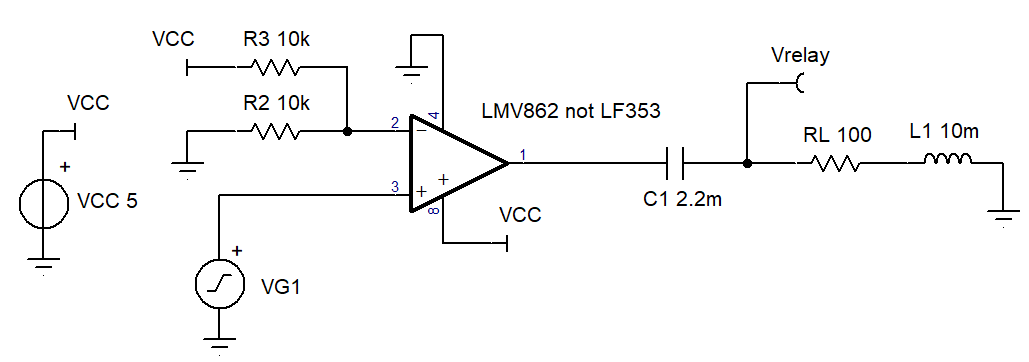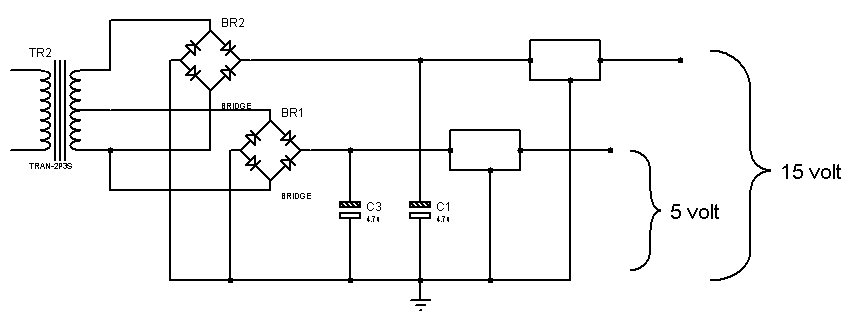Ciao a tutti.
sono alla ricerca di amplificatori operazionali in grado di pilotare sei relè bistabili a bobina singola, non tutti insieme ma separatamente. in questi relè la corrente scorre in entrambe le direzioni.
Ho bisogno di amplificatori operazionali in grado di sopportare la corrente necessaria (un impulso) ma soprattutto la sovratensione generata dalla bobina del relè quando è spenta poiché non posso applicare un diodo di protezione in parallelo alla bobina del relè.
-
Ask a related question
What is a related question?A related question is a question created from another question. When the related question is created, it will be automatically linked to the original question.





